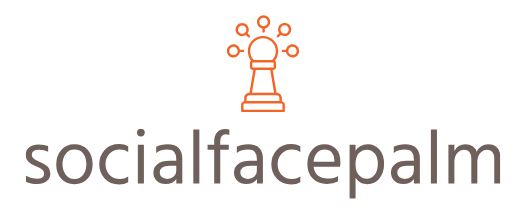Unleashing Potential Coding Curriculum for Future Innovators

Unlocking the Future: Teaching Coding in Schools
In the rapidly evolving landscape of education, there’s a crucial shift towards equipping students with skills that extend beyond traditional subjects. One such skill gaining prominence is coding, a language that opens doors to innovation and problem-solving. Let’s delve into the significance of introducing coding into the school curriculum and the transformative impact it can have on the future generation.
Coding: A 21st Century Necessity
In today’s tech-driven world, coding isn’t just for computer scientists or engineers; it’s a fundamental skill that empowers individuals across various disciplines. As our daily lives become more intertwined with technology, understanding the language behind it becomes imperative. Introducing coding in schools is not just about preparing the next generation for tech careers but fostering digital literacy that is increasingly vital in any profession.
Fostering Problem-Solving Skills
Coding is not just about typing lines of code; it’s about teaching students how to think critically and solve problems. When students engage in coding exercises, they learn to break down complex issues into smaller, manageable parts. This analytical approach is a valuable skill that extends far beyond the realm of programming, contributing to improved decision-making and innovative thinking.
Preparing for the Digital Workforce
As the job market evolves, so do the skills employers seek. Many industries now require a basic understanding of coding, even for positions that traditionally didn’t. By introducing coding in schools, we are preparing students for a workforce that is increasingly digital. This proactive approach not only enhances employability but also ensures students are well-equipped to navigate the digital landscape in their personal and professional lives.
Nurturing Creativity and Innovation
Coding is not a rigid set of rules but a language that allows for creativity and innovation. When students learn to code, they are essentially acquiring a tool for creative expression. Whether it’s designing a website, developing a game, or automating a process, coding empowers students to turn their ideas into tangible, functional projects, fostering a sense of accomplishment and fueling a passion for innovation.
Promoting Inclusivity in Tech
The tech industry has been criticized for its lack of diversity, with underrepresentation of certain groups. Introducing coding in schools is a step towards breaking down these barriers. By providing all students, regardless of background, with the opportunity to learn to code, we are promoting inclusivity and ensuring a more diverse future in the tech world. Coding becomes a tool for empowerment, leveling the playing field and opening doors for all.
Building a Foundation for Lifelong Learning
Coding isn’t just a skill for the present or the immediate future; it’s a gateway to lifelong learning. In a world where technology is constantly evolving, the ability to adapt and learn new skills becomes paramount. Teaching coding in schools instills a growth mindset, encouraging students to embrace challenges and view learning as a continuous journey. This mindset becomes a powerful asset in any endeavor they choose to pursue.
Addressing Challenges and Concerns
While the benefits of teaching coding in schools







